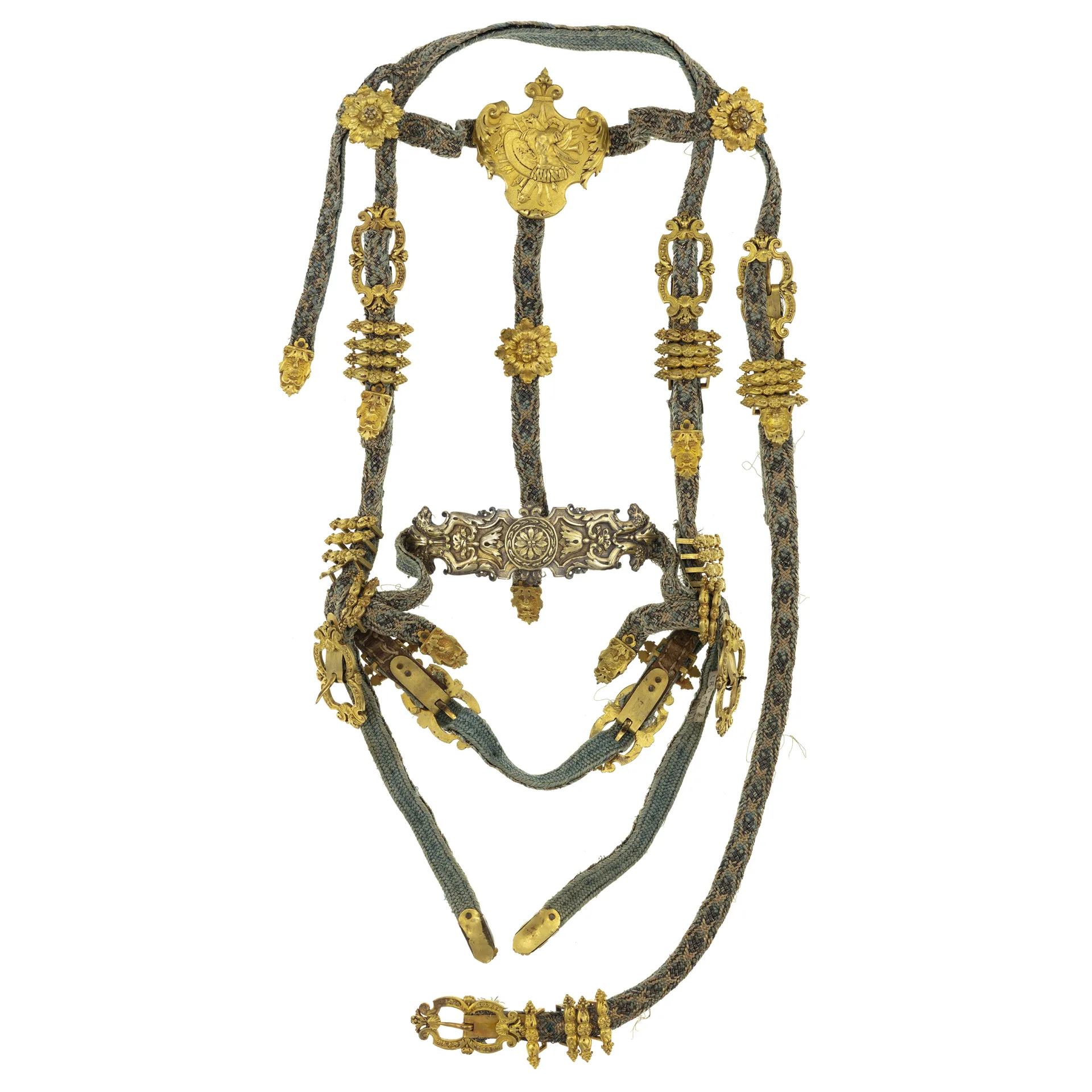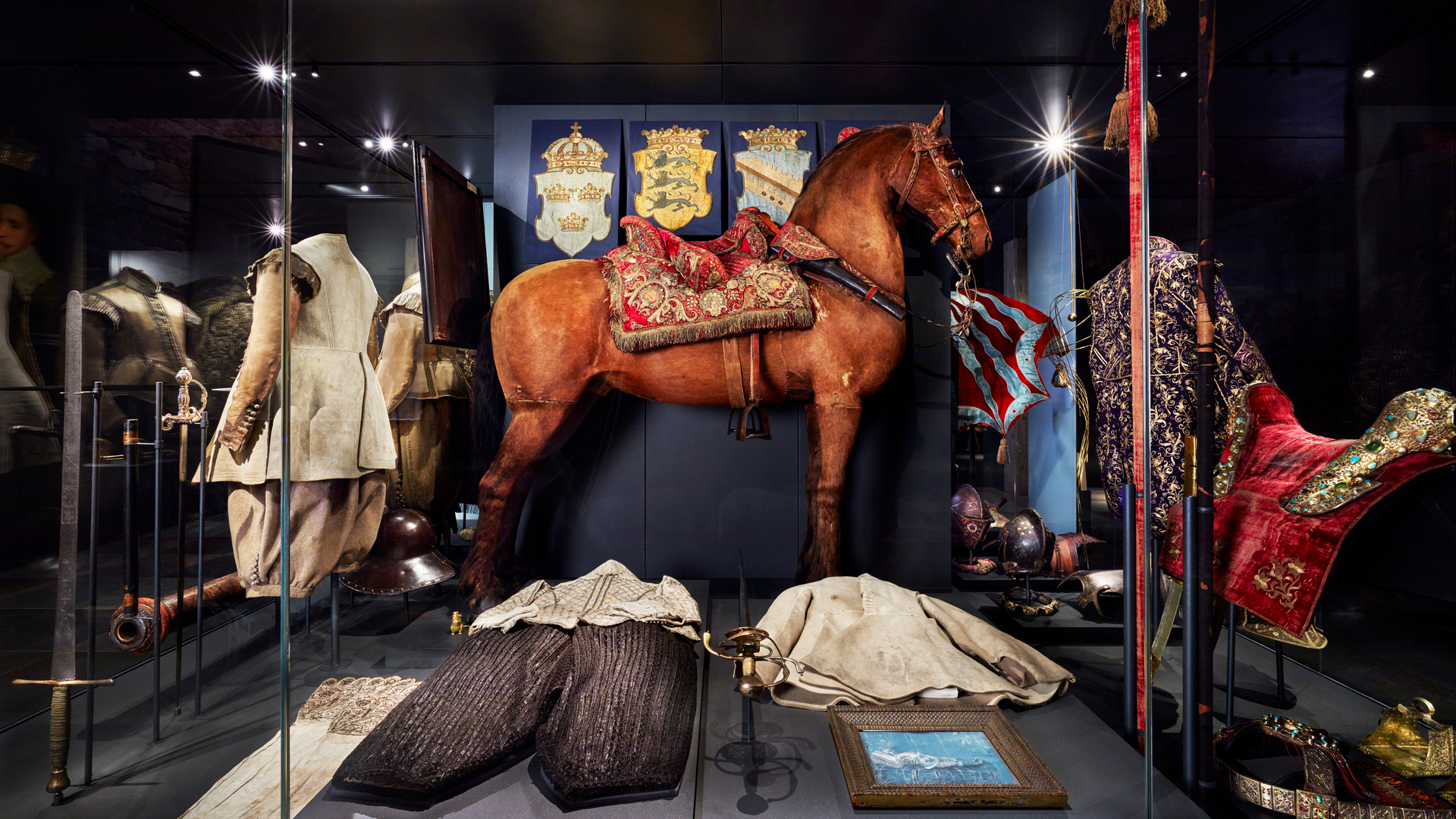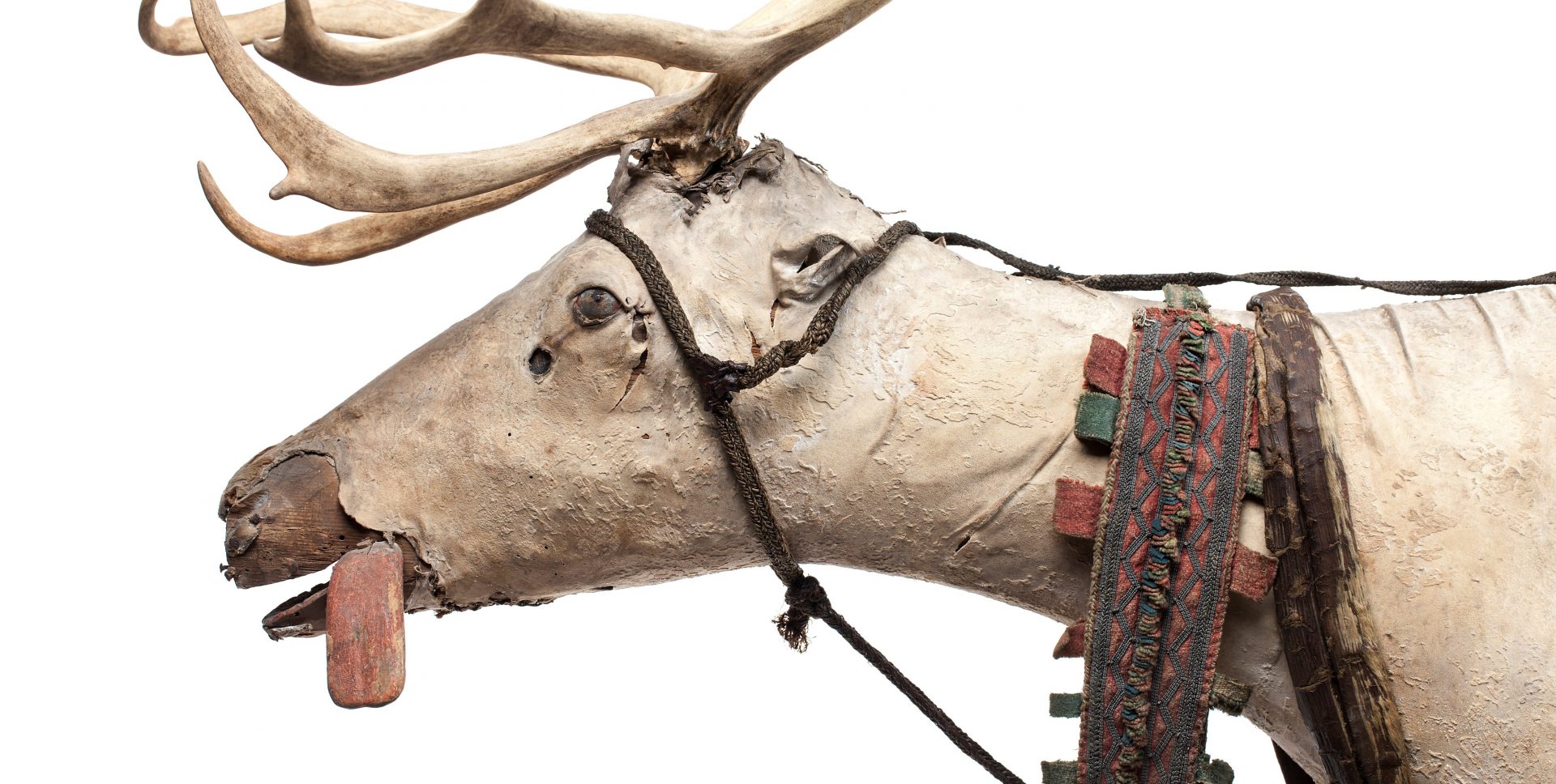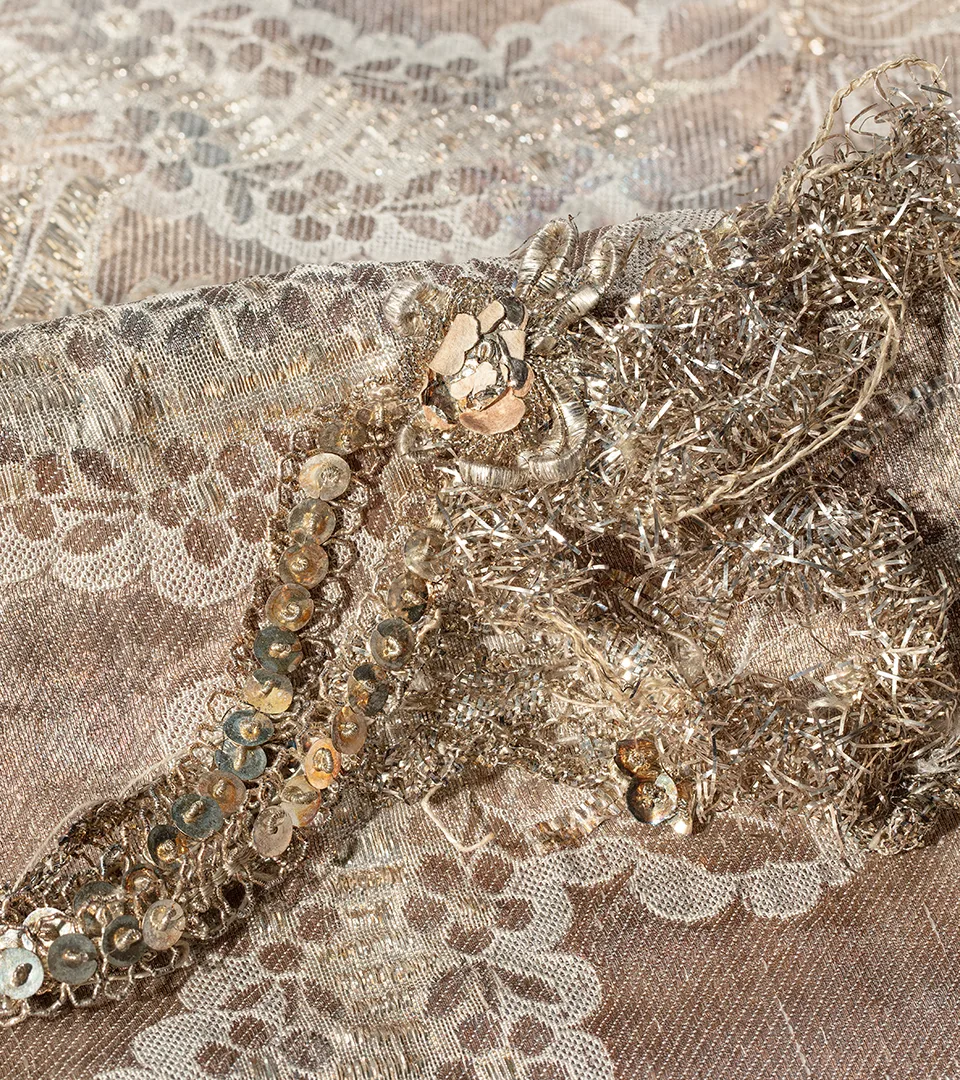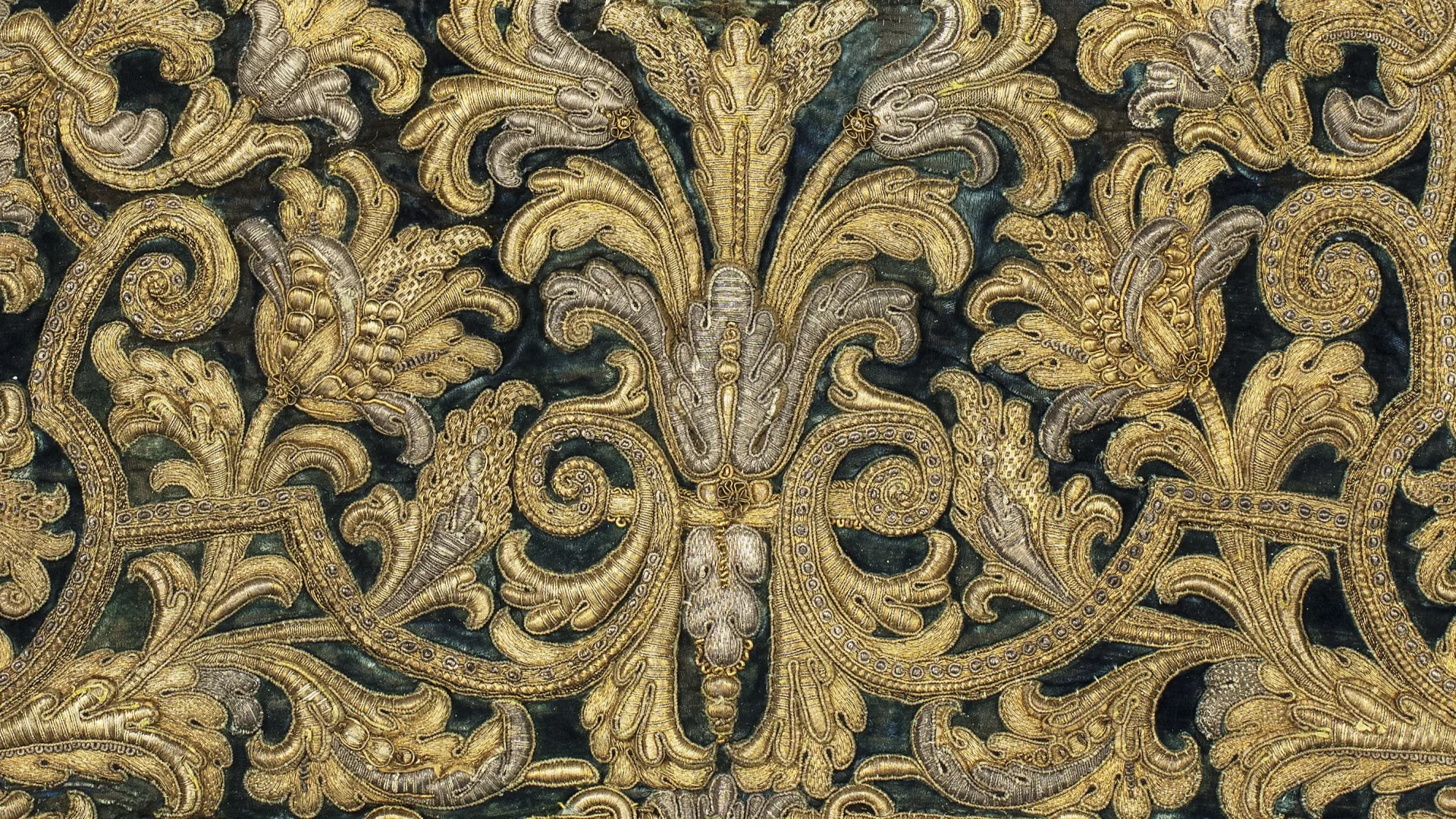
The Brilliant Gift from the French Sun King.

Each horse came with its own specially composed riding equipment in different colours decorated with gold and silver embroideries in relief. Everything was created just for this occasion. It also included a hunting gun and a pair of pistols of the highest French quality for each equipage.
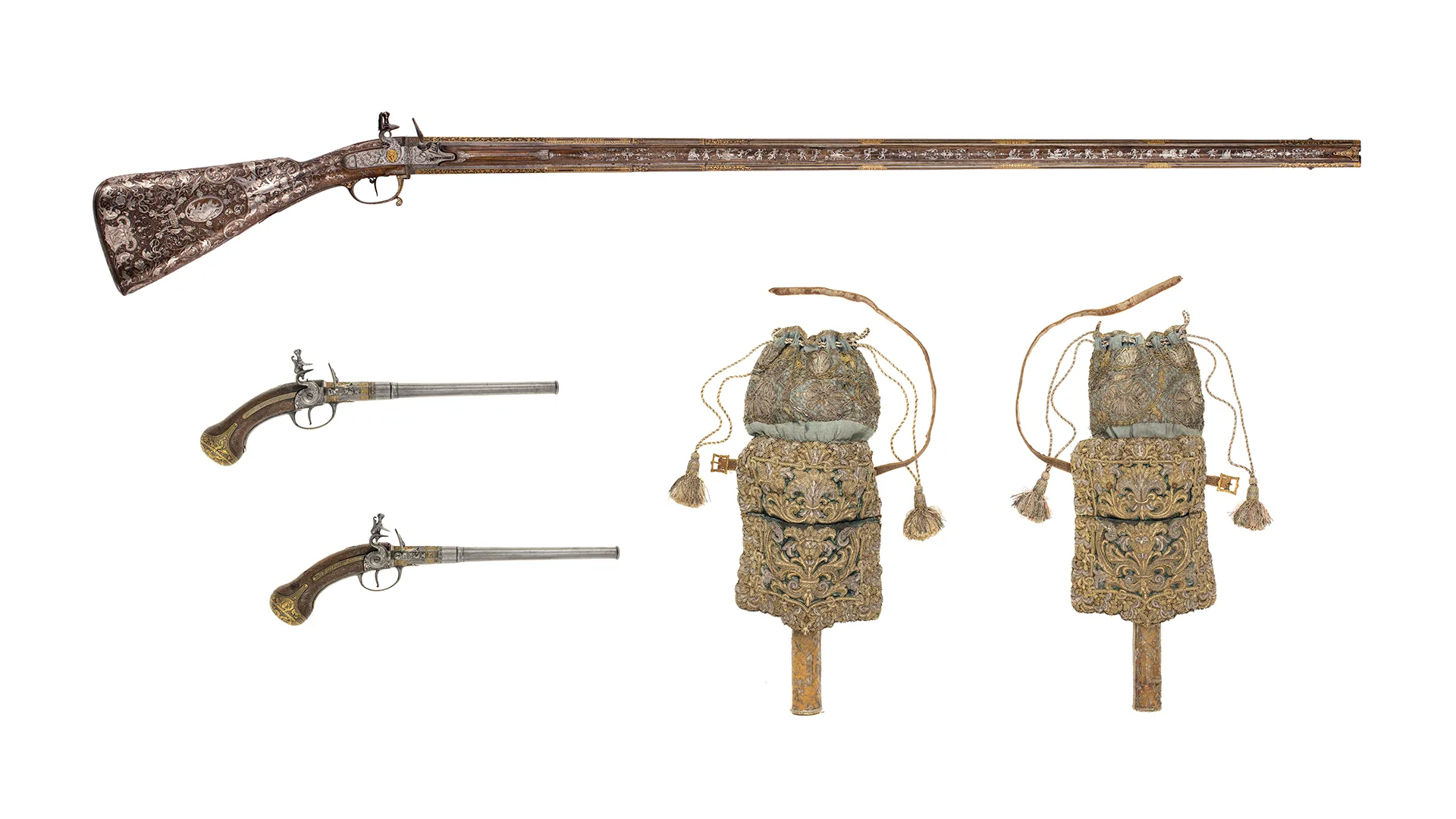
It was, as the French foreign minister Arnauld de Pomponne (1618–1699) described it, saddles, and caparisons worthy of "both the King who sends them and the one to whom he bestows them." The gift that Louis XIV presented to the Swedish king could hardly have been more perfect. It was common knowledge that the young Karl XI loved to ride and hunt, which the French ambassador in Stockholm, Isaac Pas de Feuquières (1618–1688) had also informed Louis XIV about.
Gifts had an important role in the diplomatic game. The presentation of a gift contained the expectation of a reciprocal gift or some other token of gratitude, such as loyalty or simply the willingness to enter an alliance against a common enemy. Behind Louis XIV's generosity there was quite rightly also a political motive. The French king wanted to ensure himself of Swedish military support in a war against Holland.
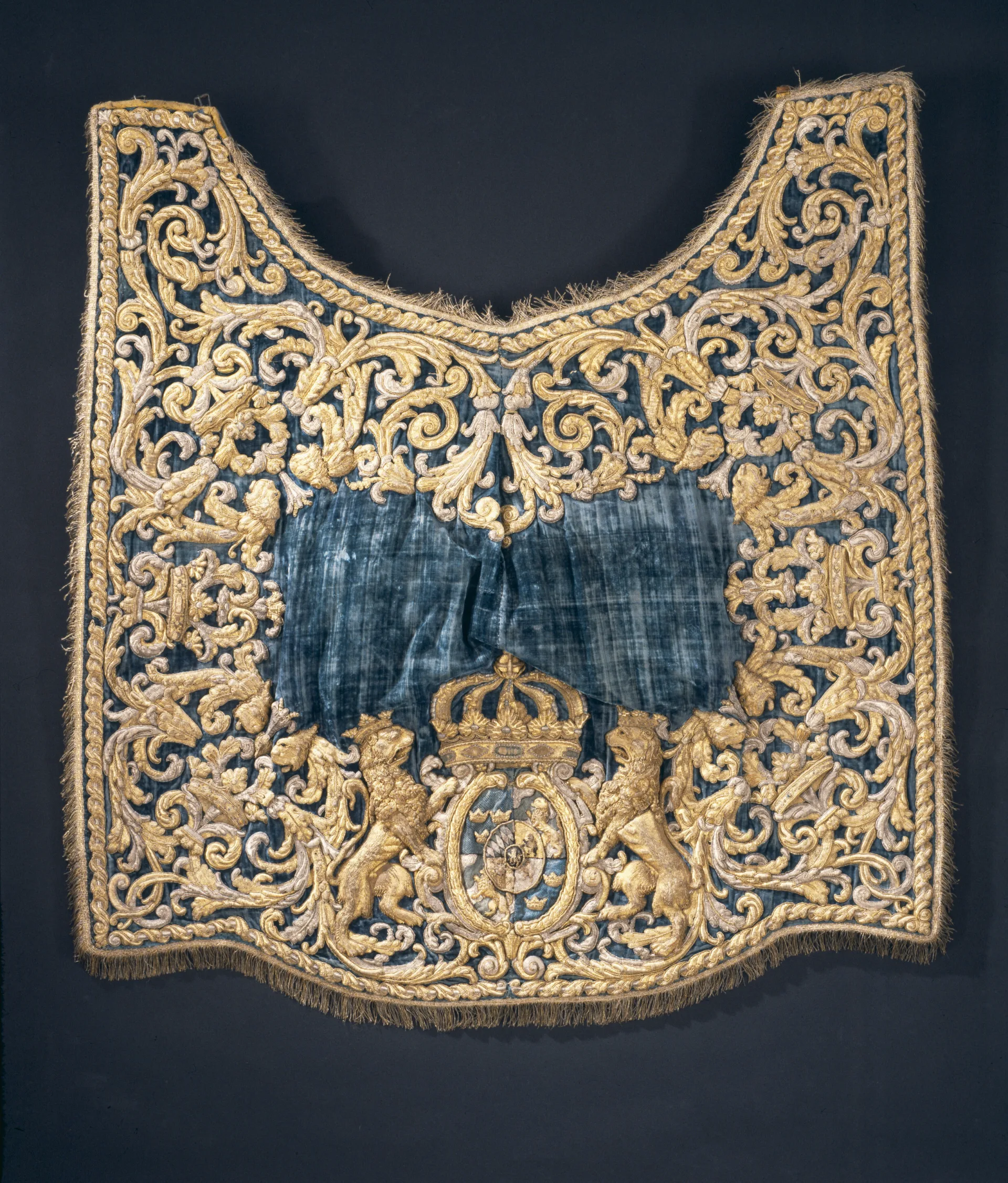
With great solemnity, the gift was presented to the king in Stockholm on 12 December 1673. The horses and their lavish equipment seem to have caused a sensation. The French ambassador reported back with Karl XI's reaction to Louis XIV:
The King wanted the horses to be brought to the Castle already on Wednesday. As soon as they arrived, he came down to see them. He immediately devoted them the greatest admiration and did not neglect to express how grateful he was to Your Majesty […]. The Queen [Dowager Hedvig Eleonora], who accompanied him and who always appreciates everything that comes from Your Majesty, did not make her feelings any less known. She did not cease patting the horses and there was not one that she did not praise and kiss several times, as docile and gentile as they were.
The saddles surprised everyone and there was no one who did not find them exquisite. The connoisseurs admired the composition and said they had never seen anything so well designed nor so artistically crafted, whether in the embroidery or weaponry. The most unrefined of onlookers were dazzled by the splendour of the gift, did not cease to weigh the stirrups of solid silver in their hands, and were long seen to contemplate the weight of the caparisons.
In fact, the entire French gift was considered so immensely rich that no value was given in the list of the French King's official gifts kept in the archives of the French Ministry of Foreign Affairs.

Karl XI was both grateful and delighted by the gift. In a letter to Louis XIV, he wrote: "I have not received any token of esteem which has moved me more greatly than those bestowed upon me by Your Majesty”. He also admitted that the gift put him "in a debt of gratitude" and promised to "use all my ability to give real evidence of my gratitude at every opportunity."

From the French side, insinuations were made that Louis XIV would appreciate to receive copper for roofing. It is also known that copper from the Swedish Falu copper mine was later used on palace roofs in Versailles.
Karl XI soon shared the magnificent gift with relatives, but above all with high officers and councillors. The very day after the official delivery, for example, Field Marshal Nils Bielke and Admiral of the Realm Gustav Otto Stenbock each received a horse. In the Royal stables, the French horses became great favorites. The white horse, Brilliant, which Karl XI rode in the battle of Lund on 4 December 1676, was probably one of these French horses.
In the Armory Chamber, the “French gift” is first time mentioned in an addendum to the 1683 inventory of newly added items signed by the Surveyor to the Royal Household Zachris Rehnberg on 12 March 1686. In the same year, they were registered by the Master of the Royal Armoury Olof Larsson Wret and in the following inventories the objects' fate can be followed until our days. Among other things, Fredrik I used one of the saddles at his coronation in 1720.
Today, there are seven saddles with caparisons, one odd caparison, all twelve horse blankets, five guns, five pairs of pistols and one odd pistol left in the Royal Armoury.
